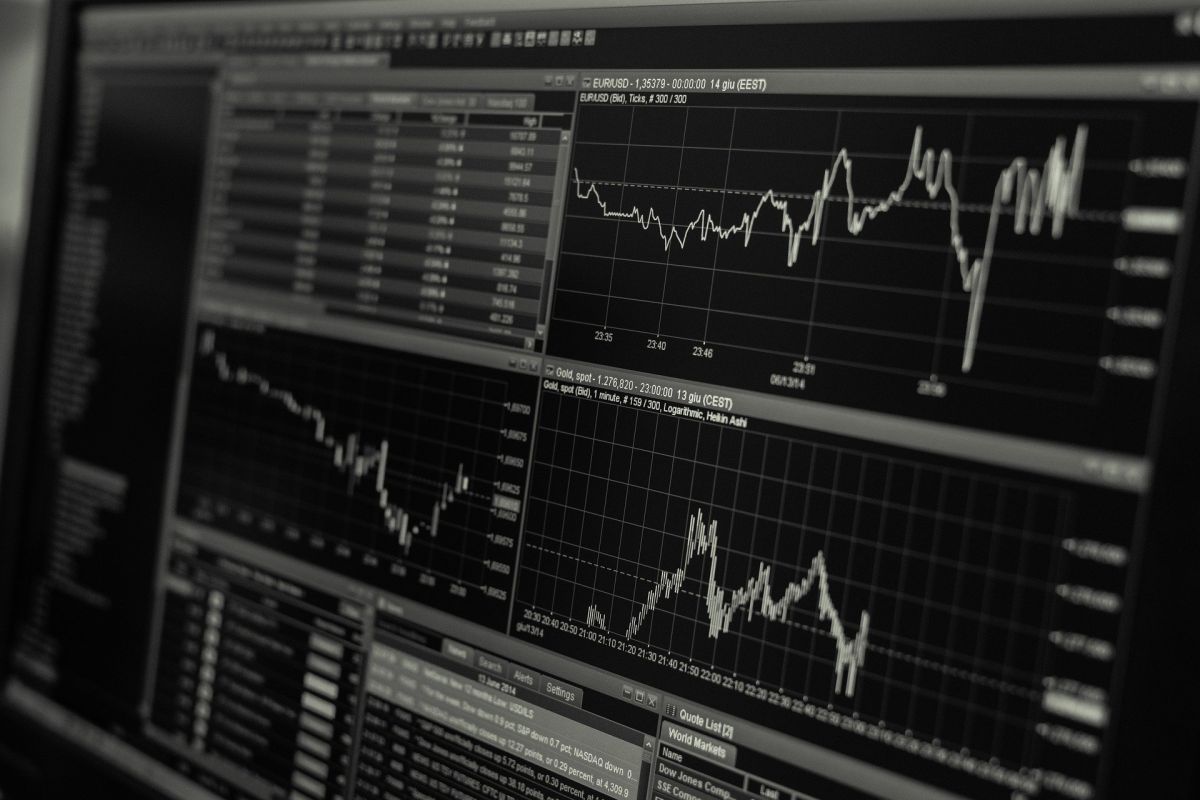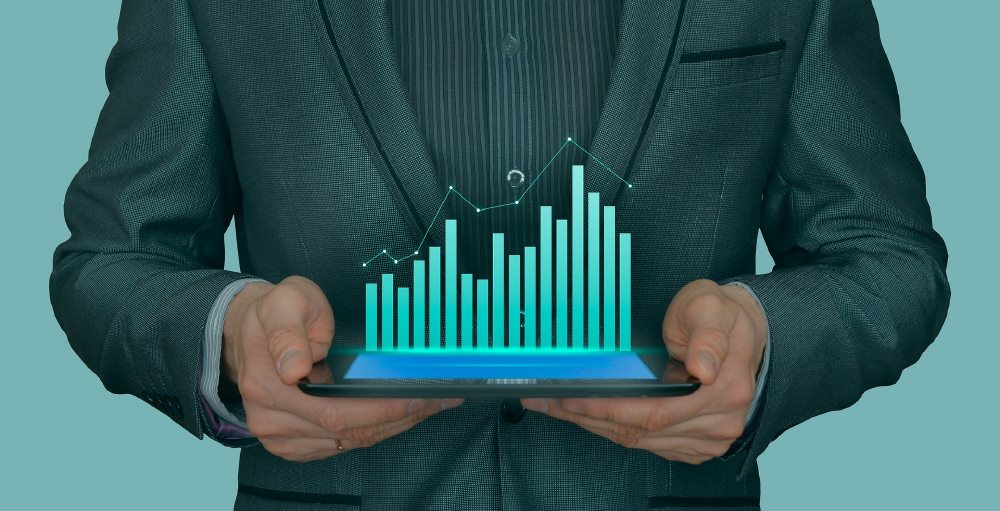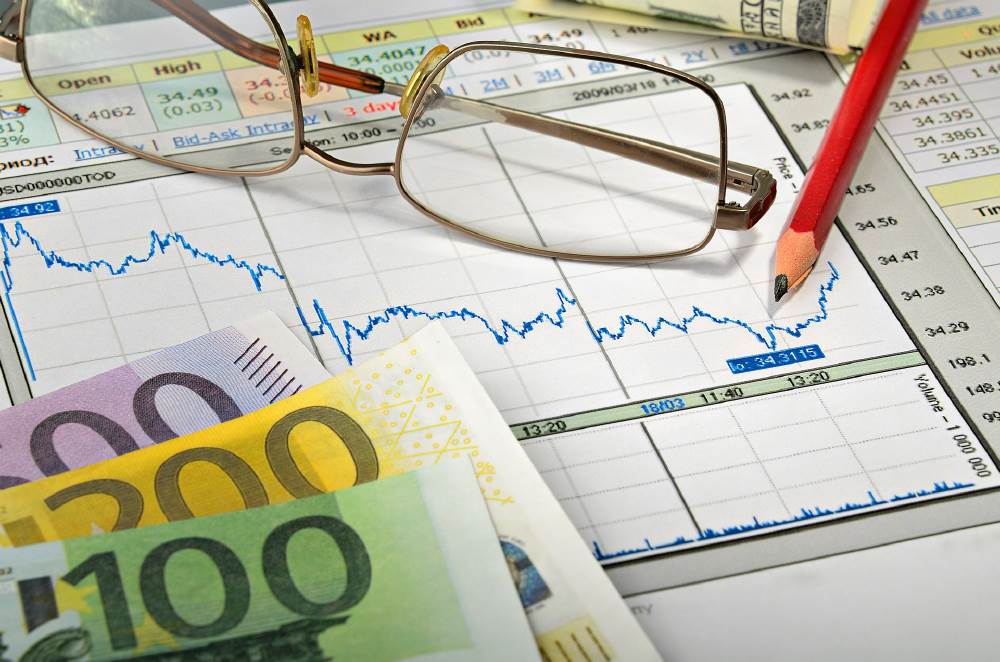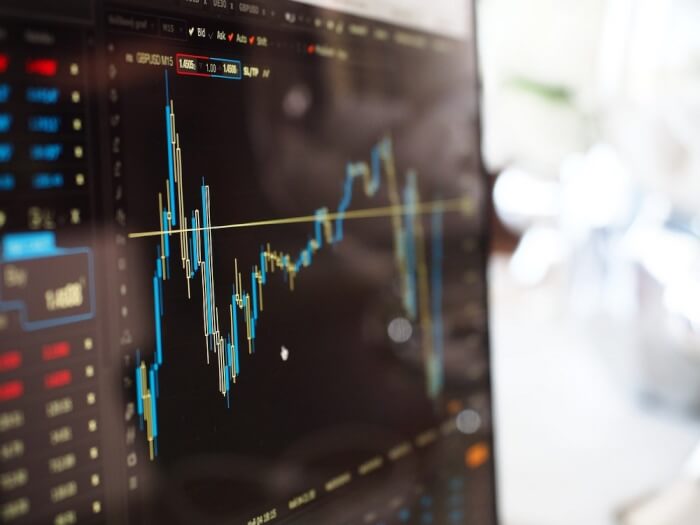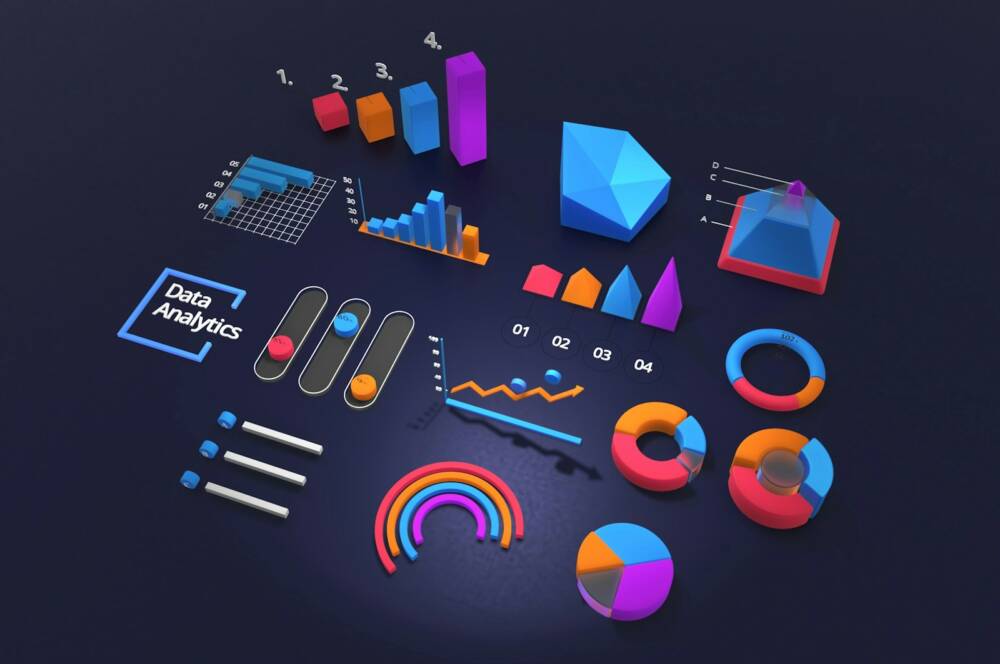Price-Action Trading Strategy
To succeed in today’s trading world, you need to be aware of what is going on the market so you can accurately predict what could happen in future. Your biggest chance of survival and making it big in the industry is to know and do things according to a plan or a strategy. This will make it easier for you to achieve your goals.
Price Action Trading
Price action refers to the fluctuation in prices, either high or low. It is analyzed by considering the price changes that have occurred in the recent past. This gives an overview of the market to the trader and what he could expect in days to come. The trader can also make short-term decisions based on this analysis. It depends on technical analysis tools instead of looking at other indicators.
Price bands, price swings (high or low), trend lines, charts, break outs, etc are the technical tools which can be used to analyze the price action. Each trader has his own method to interpret the information they receive. Behavior and psychological aspects also play a crucial role in the decisions made by the traders. For example, if a market is showing a positive trend for a week, traders believe it will continue to do so in the future, which is always not the case.
Uses
Price action trading is mostly used to speculate and predict future trend and price movements. It is mostly used by speculators, retail traders and trading firms. It is used in many types of trading, such as Forex trading, bond, equity, and commodity trading. Traders recognize trading patterns using price action trading and keep an eye on stop losses and entry and exit levels among other indicators.
Strategies
Using a single strategy on a stock will restrict your trading opportunities. Use a combination of strategies to be more effective when trading. The first thing you need to do is to identify the situation when things go high or low, break outs occur etc. Next, analyze the scenario and identify trading opportunities such as when it is more feasible to trade? When the market will go up or down? Trading opportunities vary from trader to trader. It is a highly volatile market so you need to be alert to be successful and keep an eye on trends and what experts say.
Make a strategy by considering different factors which influence the price shifts and your trading goals. Action trading analysis and price analysis is done through tools but the decision has to be taken by the trader after closely assessing and studying the results of the price action analysis. Price action trading strategies works well for short to medium-term investments. It is not that effective when it comes to long-term investments.
Advantages of Price Action Strategy
The trading markets follow a random pattern which may be hard to predict but if you keep an eye on various factors which influences price changes, you can speculate what will be the future of the market. A price action trading strategy offers traders the liberty to choose a strategy that suits their needs best. As mentioned before, action trading strategies can be applied on different kinds of trading, such as bonds, equity, commodities and Forex.
The biggest advantage of price action trading is that it gives control and power to the trader so he can decide according which set of rules would be better suited for them instead of following rigid rules. You can easily use a price action trading strategy through trading software. A software gives you charts, graphs and uses other tools to present data in an organized way so you can make a plan or a strategy to achieve your goal. Using the right combination of strategies can lead you to success. You can also test your price action strategy before you apply it, which is an added advantage.
You can apply the same strategy you have chosen on past data and see the results before applying it in future trading. Decide on a strategy after analyzing your requirements carefully. You can also set limits within which you can sustain the price fluctuations of stocks. Many traders support price action trading strategies for their advantages.



